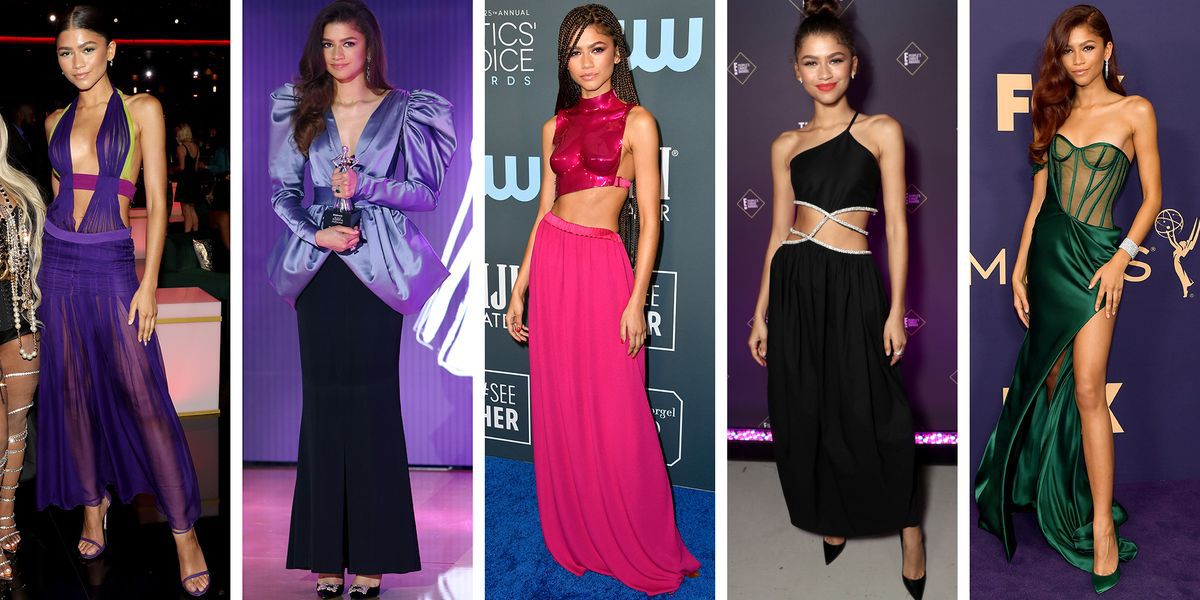Over the past two decades or so, video games have come a long way from their humble beginnings. They have transitioned from a product with appeal to a niche market to a medium that makes over $43 billion in revenue each year has been quite the change. Coupled with the upcoming trend of eSports, the choice for more competitive players, and the accessibility of streaming websites like Twitch and YouTube, video games are more popular and profitable than ever.
Various genres of video games have made their way into the competitive scene, including fighting, real-time strategy, multiplayer online battle arena (MOBA), and first-person shooter games. Over the past year or two, however, a new genre has made its way from a casual appeal to one with competitive potential, this being battle royale games.
The premise of battle royale games is quite interesting: a large number of players parachute down onto an island to fight against each other. Once on the ground, it is the player’s job to scavenge for gear to attack or defend from other players. As time progresses, the playable area on the island is constricted by a “ring” to force encounters between other players. The goal is to be “king of the hill” or the last player or team standing.
The concept was primarily inspired by Battle Royale, a Japanese film released in 2000 from which the genre gets its name, in addition to other science fiction films like The Hunger Games. The origins of battle royale games themselves trace back to the early 2010s, stemming from user-made modifications for large-scale survival games like Minecraft and ARMA 2, as well as H1Z1, among the first games in the genre.
Battle royale games would not gain more widespread popularity until 2017, after the release of a game called PlayerUnknown’s Battlegrounds, or PUBG for short. Created by Brendan “PlayerUnknown” Greene, the game entered its pre-release, or early access, stage in March of that year, with a full release in December. The game quickly gained popularity, selling some twenty million copies by the end of the year, and breaking the record for highest number of concurrent players on digital distribution platform Steam, with 1.3 million players simultaneously. The game later introduced features to make the game viable in the eSports scene, including integration with streaming websites and better interaction between players and streamers. Considered the genre’s defining game, PUBG was noted for its high level of replayability and accessible learning curve, which could be approached by players of any skill level. As it was gradually adapted to additional platforms, including consoles and mobile phones, it clocked in an estimated 400 million players across the globe, in a report from Polygon. Despite having such popularity, it was notable for its various technical flaws at launch and into early access, which often included severe graphical issues and even crashes.
Following in its success, many other developers sought to capitalize off of the concept. The most recognizable example of this comes from Epic Games, creators of the Unreal Tournament and Gears of War games, among other ventures. Seeking to follow in PUBGs success, Epic released Fortnite Battle Royale, a companion game to Fortnite: Save the World, a zombie survival game. The game follows much of the same concept as PUBG, with the main differences being its bright, cartoonesque art style, overall level of stability, and building element which acts as a defense method. Though it gained some initial success while in paid early access, Fortnite gained explosive popularity after Epic transitioned the game to a free-to-play model in September 2017, and eventually surpassed Battlegrounds in terms of overall player count and revenue. By the end of 2018, the game generated over $2 billion in revenue and was played by an estimated 250 million players around the world, according to Epic Games CEO Tim Sweeney.
A variety of factors helped to spur Fortnite’s popularity, including the prevalence of social media and the game’s abundance of content. Coupled with physical merchandise and promotion from several high-profile celebrities and companies, including Canadian rapper Drake, American music producer Marshmello, and Twitch streamer Ninja, as well as tie-in promotions with Marvel and the NFL, all helped the game to gain more mainstream appeal.
The success of both games resulted in various developers and publishers moving to get in on the action. Multiple clones appeared after PUBG’s initial breakthrough, mostly from small companies out of China, where digital content is monitored more heavily. Major developers, including several based in North America, created their own games to compete, notably Respawn Entertainment’s Apex Legends, which reached 50 million players within its first month of release. Other developers added similar modes to existing games, including Activision’s Call of Duty (Blackout), Valve’s Counter-Strike (Danger Zone), and Electronic Arts’ Battlefield (Firestorm).
Even though battle royale games might be dismissed as a fad in the later years, there is no argument that they have been very successful. An estimate from Business Insider projected that revenue from the genre will increase by a factor of ten, to $20 billion, in 2019. If developers keep seeing numbers like these, these types of games could sustain themselves for years to come.
[polldaddy poll=10334054]




















